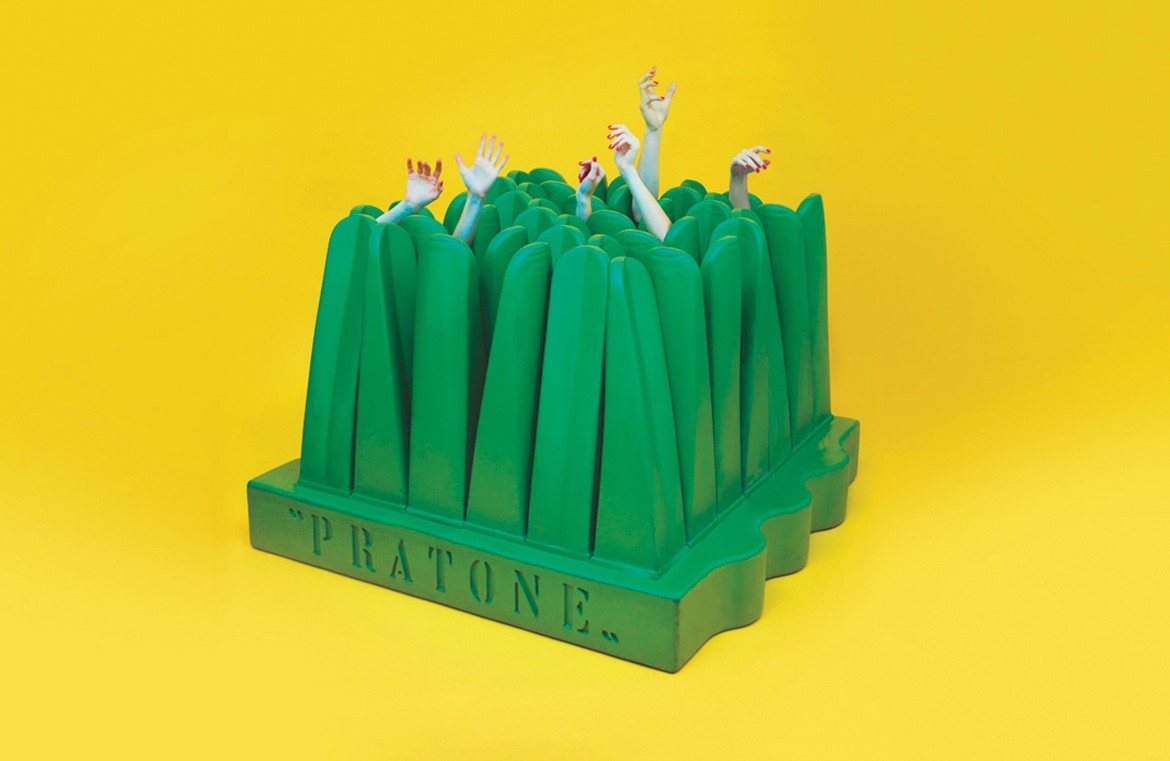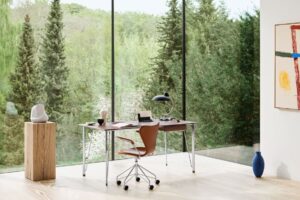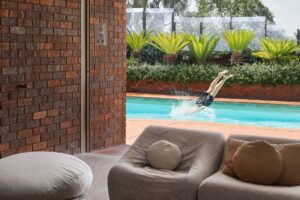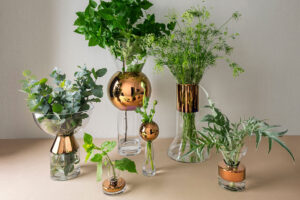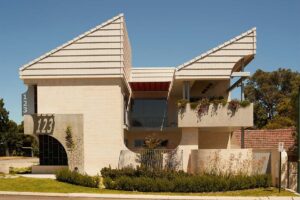I have a dirty little secret: I love chintzy tchotchkes. It’s quite a bold statement for someone who, admittedly, spends most of his day sitting at a pure white, absolutely clutter-less desk, wearing only the most inoffensively monochrome basics. And yet, although I tend to predictably eschew ornamentation of any kind (not to mention colour), there’s still a small part of me that is inexorably drawn to the off-kilter excesses of hardcore décor.
We’ve kissed goodbye the days of mid-century furniture ruling the design world, and the reign of minimalism on our catwalks has yielded to a new age of maximalist overload. Less is bore, and eccentricity is the new black.
Although this visual about-face certainly has its cynics, few are willing to discredit that whacky design’s arrival is exceedingly welcome. After all, everything was starting to feel a bit same-same. For the past ten years we’ve been the Apple aesthetic’s tireless evangelists; we’ve genuflected ourselves at the altar of Scandi simplicity; and we’ve followed a design bible typeset exclusively in Helvetica’s sober logic. In some ways, this decade’s habitually streamlined puritanism operated as a correctional antidote to the excesses of the 1980s-90s – coming to climax with the (appropriately) excessive swansong of the Global Financial Crisis in recent years.
There’s little wonder that asceticism becomes voguish when austerity becomes necessary. But while the economic landscape continues daily to recuperate the strong footing global markets once enjoyed, a greater appreciation of the weird and wonderful has increased accordingly. The market only brings what we can bear – and what we’re choosing to bear is becoming more odd, more fun and more-is-more every day.

Perhaps, then, it comes at little surprise that one of the most recognisable (and highly controversial) furniture design studios of yesteryear is undergoing a renaissance. While we continue to crave eclecticism, humour, luxurious materials and ambitious silhouettes, Gufram – an Italian design studio that defined much of the pop art aesthetic of the 1960s-70s – is still proving that irreverent furniture, witty objects and boldly optimistic design plays an important role in our decorative schemes and collective imaginations, alike.
Now a permanent part of Vitra Design Museum’s ‘100 Masterpieces of Design’, pieces from Gufram’s playful portfolio have also recently arrived on Australian shores thanks to Living Edge, representing the first time in Gufram’s sixty-five year history that Australians can directly access their extremely collectible designs.
Nowhere has this become more patently obvious than in the flourishing popularity of the brand’s iconic Pratone Green chair (above). So extremely outlandish and whimsical does it appear that Gufram’s Pratone stands almost as a symbol of today’s ‘anti-design’ mentality, absolutely hiding its functionality under a bushel of ultra-confident individualism.
Even more striking, yet just as supremely functional as a coat stand, is the Gufram Metacactus (cover). Embodying the grit, the imagination and humour of Gufram’s influence in the 1970s, Metacactus joins other equally gob-smackingly oddball designs such as The End (some rather glamorously morbid tombstone ottomans – opposite) to present a shocking version of the facts: design gives us the power to escape to anywhere we’d like to go.
No more bourgeois boredom.
No more teetotalish tedium.
…Let’s get weird.
Gufram
gufram.it/it




We think you might also like the Snarkitecture x Caesarstone collaboration


